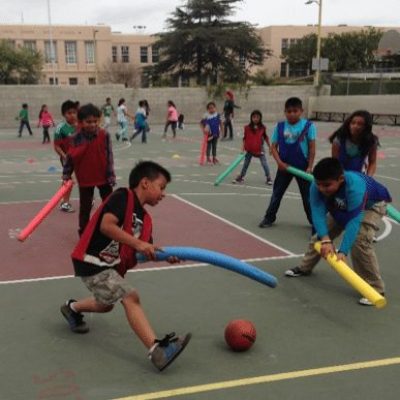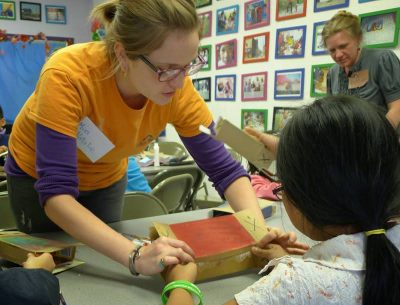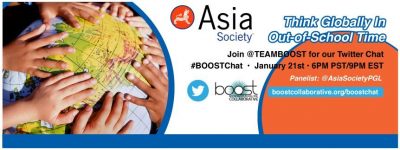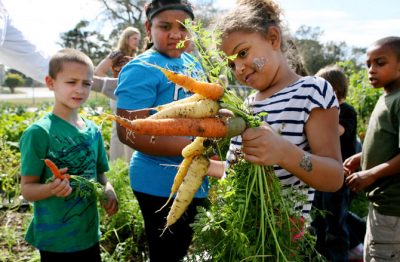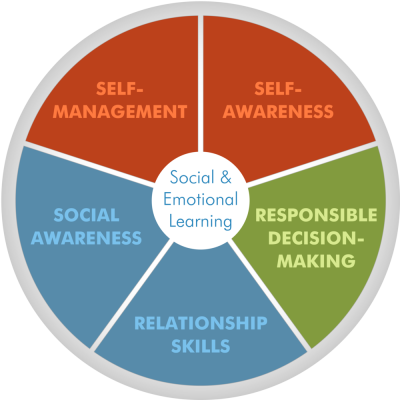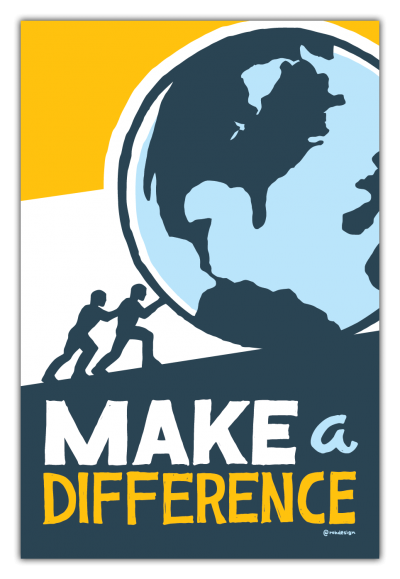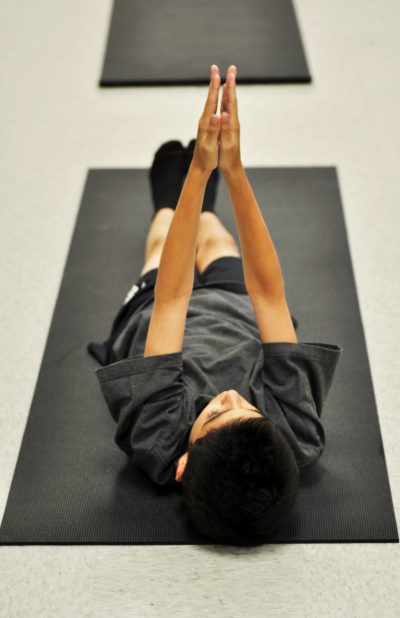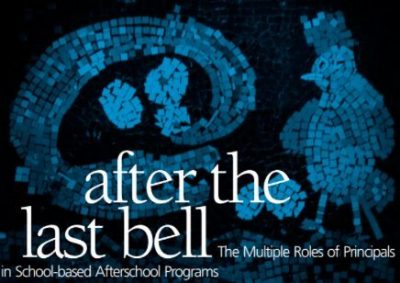Breakfast Club Blog

The BOOST Breakfast Club Blog is a curated space where bloggers from around the world contribute content on a continual basis about a variety of topics relevant to in and out-of-school time. The BOOST Breakfast Club blog is at the heart of an ongoing dialogue where expanded learning and education professionals share their personal thoughts and stories from the in and out-of-school time field. They also tell us what they ate for breakfast!
The BOOST Breakfast Club Blog is Brain Food for In and Out-of-School Time Leaders!
Interested in becoming a blogger? Email [email protected]
Click here to Register for a free account or click here to Login to your existing account.
Physical Education Can Promote Global Competence
Asia Society and BOOST Collaborative are partnering to create a series of blogs on global learning in out-of-school time. This blog entry was originally published on EdWeek’s Global Learning Blog. This entry was written by Rich Keegan, author of “Global Games for Diversity Education,” and a physical education teacher at Squadron Line Elementary School in Simsbury, CT. Traditionally physical education classes have not only focused on how to move, but also have emphasized teamwor...Read More
Teaching Artists: Consistency – Care – Commitment
At the end of one of BuildaBridge’s Discovery Out-of-School time classes, this exchange happened between Ty (student) & Seth (Teaching Artist). Ty: “You guys make some sacrifices.” Seth: “Oh, so you mean you appreciate what we do?” Ty: ” Yes…actually I’m just gonna come out and say it. I love this place, and I love you guys. The art and the music.” I would gather our Teaching Artists do not see time they choose to spend enthusiastically &...Read More
Join Our Global Learning Chat on Twitter with #BOOSTChat
How Do I Participate? 1. Follow @TEAMBOOST and the hashtag #BOOSTChat on Twitter on Wednesday, January 21st at 6PM PST/9PM EST. 2. Questions will be ordered Q1, Q2, Q3, Q4, Q5. To answer Q1, begin your tweet with A1. For Q2, A2 and so on. 3. Include #BOOSTChat to all of your tweets during the Twitter Chat, so others can see what you’re tweeting. 4. Bring questions and/or provide insight! About the Panelist: Asia Society is a non-profit, non-partisan organization headquartered in New...Read More
12 Tips to Integrate Academic Enrichment In Afterschool
I have been working with after school programs across the country since 1998. And there are some things that I have learned that make doing academic enrichment activities more successful with kids after school. To meet the goals of this, we need after school not more school and kids should be engaged and having fun. Here are some helpful tips: Meet with your school(s) to find out what areas to focus on, where kids need more time, and how you can work together to align with what they are focusing...Read More
Garden-Based Learning
Imagine a table full of a diverse range of vegetables and herbs, including chilies, okra, lemongrass, Swiss chard, gourds, figs, and persimmon. Gardens are places where students can experience all of their senses and be connected to the global world through the natural resources of earth. Gardens, and the people in the community near your garden, are an incredible asset to schools and afterschool programs. Your garden doesn’t have to be perfect or huge – just simply a place where growing a...Read More
Part 2 – How One After-School Program Prepares Students for the World
Asia Society and BOOST Collaborative are partnering to create a series of blogs on global learning in out-of-school time. Community organizations incorporate global learning into their afterschool programs in a number of ways. Here, Asia Society’s Heather Loewecke interviews Katie Aylwin and Amanda Wells from WHEDco, an organization committed to building a sustainable Bronx, to learn how they have included global components across their afterschool program from the mission to activities to...Read More
Part 1 – Beyond School: After-School Programs Bring the World to Young People
Asia Society and BOOST Collaborative are partnering to create a series of blogs on global learning in out-of-school time. Across the country, afterschool programs are looking at global learning as an approach to engage youth, enhance quality, and advocate for the value of learning beyond school. Alexis Menten, Executive Director, Program Development, Asia Society, shares more on this growing movement. This entry was originally posted on EdWeek’s Global Learning Blog. A Value-Add Aftersch...Read More
Yoga as a Strategy for Improving Behavior
There are many strategies used for improving behavior in children with autism and special needs. These include: visual aides to foster communication and understanding, sensory activities to support sensory needs and token/reward systems to increase desired behaviors and decrease undesired behaviors. These strategies, if implemented consistently can be highly effective across a variety of settings. Over the years I have incorporated yoga in my classroom setting as a complementary and holistic app...Read More
Supporting Afterschool Programs on Your School Campus
In 2008, forty-six percent of public elementary school reported that a fee-based stand-alone program was physically located on campus. -(National Center for Education Statistics, February 2009). Whether or not that figure holds true in 2014 is not yet known, but count yourself – and your students – lucky if you have a program available to your students on your campus. A continually growing body of research proves that high quality afterschool programs have the ability to change children’s ...Read More
Gift-Giving Ideas: All It Needs is a Little Love
How are you planning to share the love this Christmas? Some of you are already doing a facepalm: “Good grief!” (said in true Charlie Brown voice) “Is it Christmas time again?” Black Friday anxiety is already piling up. In response, I’ve compiled a (hopefully) helpful list of gift-giving ideas that might assist you in creating a terrific Christmas for you and your friends and family. The cool thing is: we can share these ideas with our kids and help them create their...Read More
Where’s the Water? Hitch a Ride and Find Out!
In the middle of a severe drought here in California, water is very much on our minds. Kids probably know not to waste water, and maybe you have activities at your site to urge kids and their families to conserve. With 80% of California’s water used for agriculture, and more than half the U.S. fruit, nuts, and vegetables grown here, a drought in California is a nationwide concern. Where does water come from anyway? Kids are taught the water cycle in elementary school – the cycle of rain an...Read More
